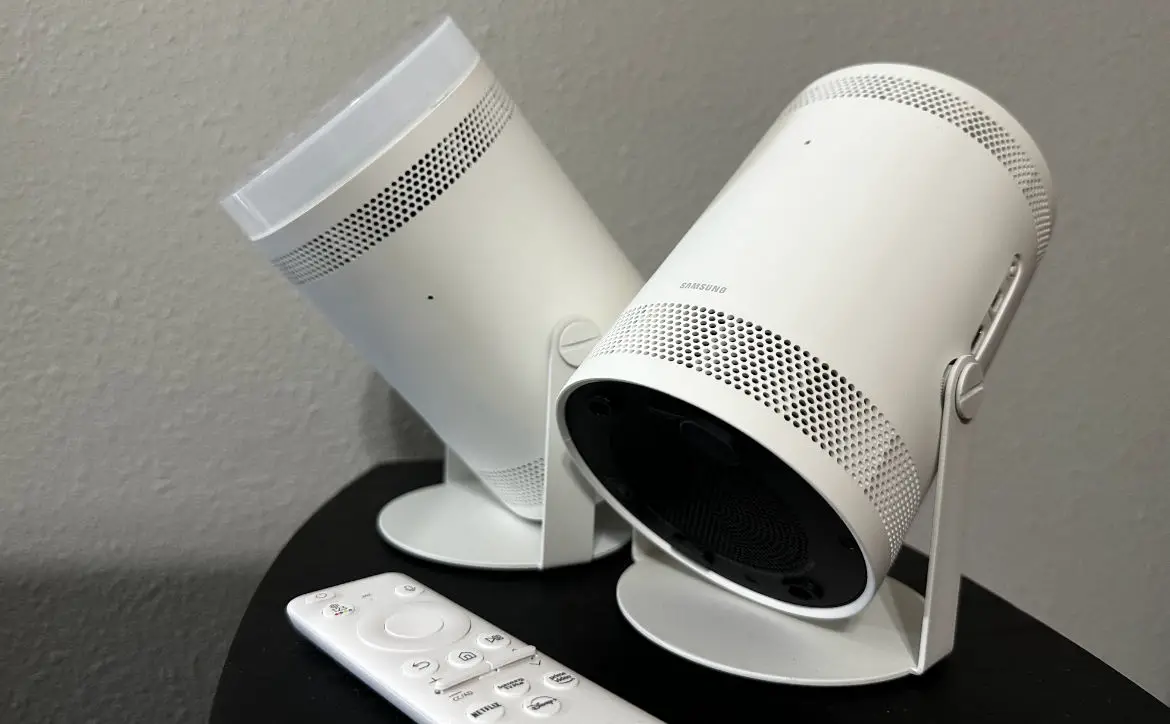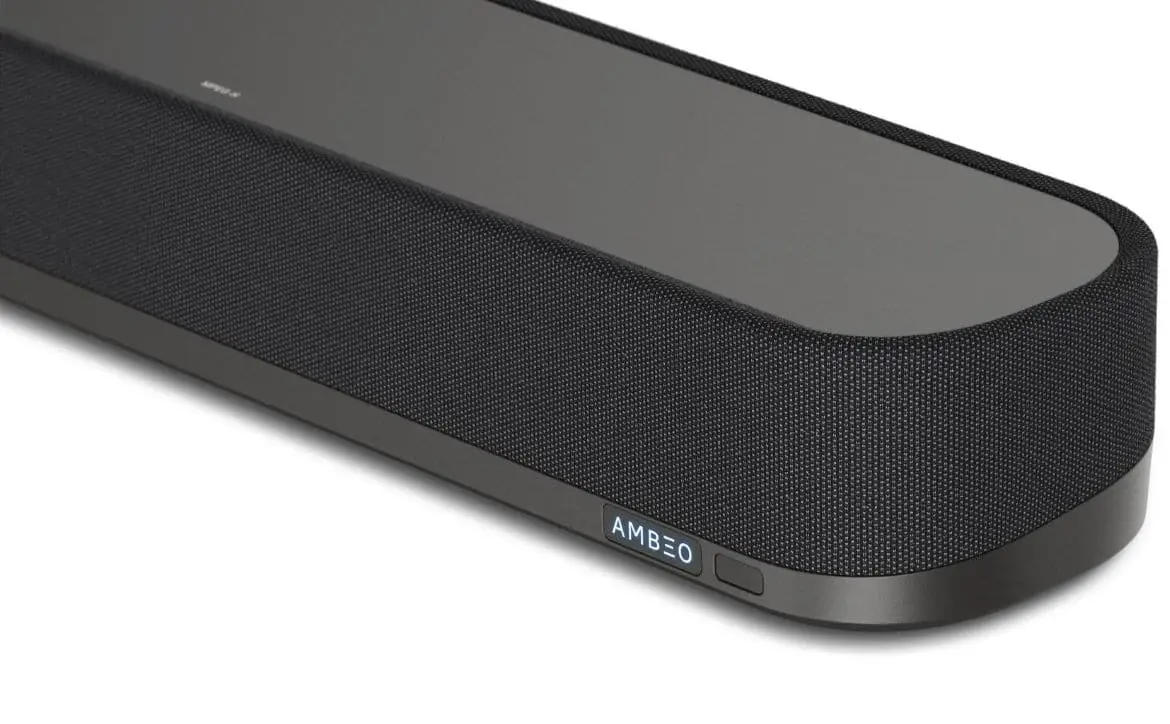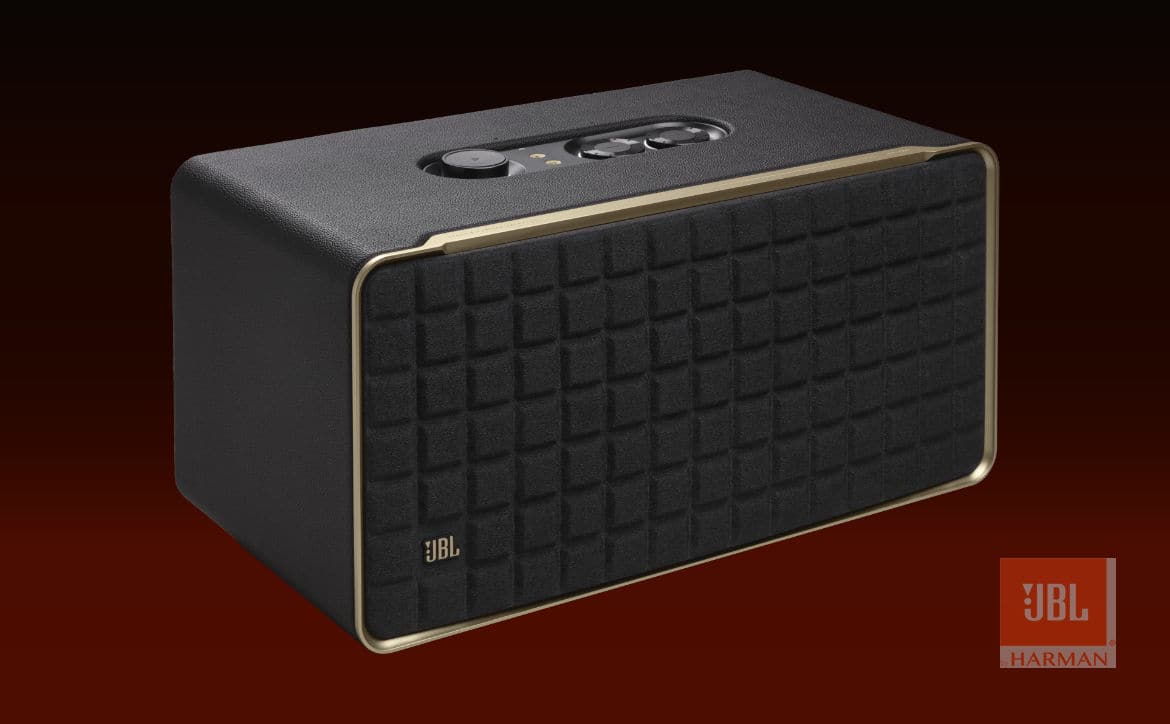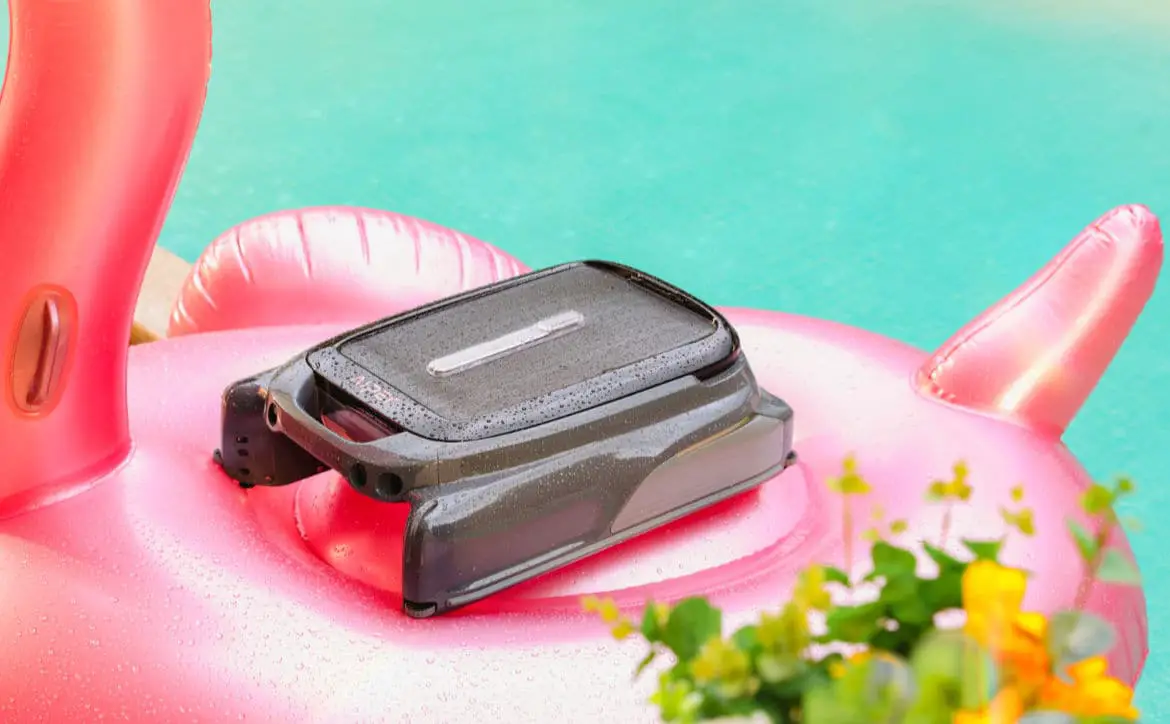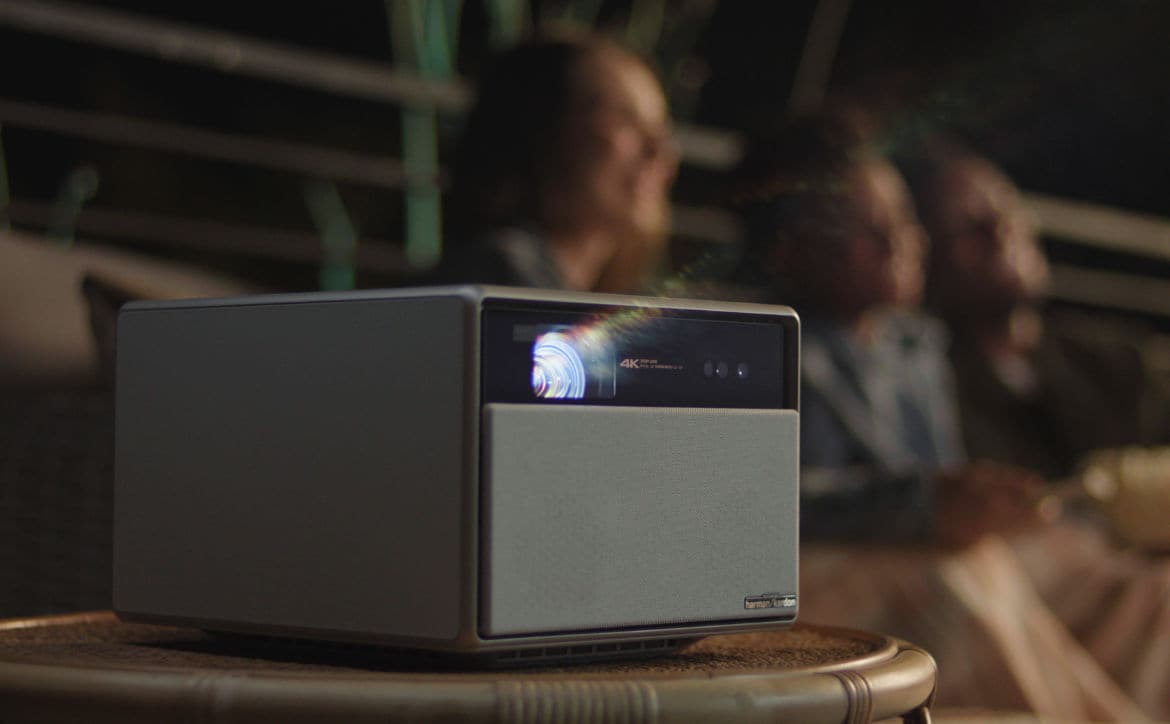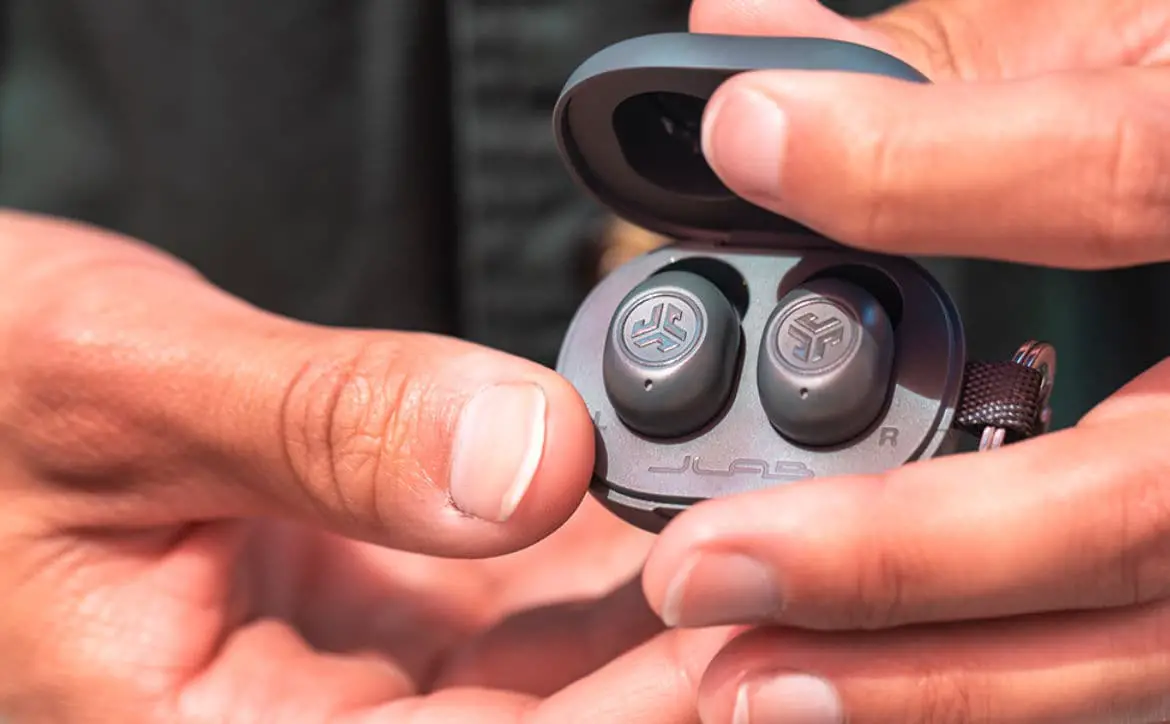The development of new technologies allows industries to innovate and improve their existing processes. One sector benefiting from the use of advanced technology is the seafood industry. Sustainability is a top priority for the seafood industry especially. Feeding millions of people is no simple task. Still, technology may help it reach its sustainability goals, let marine life thrive, and adapt to the adverse effects of climate change.
Estimated reading time: 5 minutes
A recent study shows that fishing is not as environmentally friendly as we once thought — bottom trawling, a form of fishing, produces carbon emissions similar to that of the aviation industry. More sustainable practices are needed to reduce this sector’s carbon footprint.
Here are some of the benefits of sustainable seafood production and which technologies will help the industry adopt eco-friendly practices.
Benefits of Sustainable Seafood Practices
More consumers are interested in purchasing sustainably sourced food, and the fishing industry will need to meet that expectation. Showing customers how, where, and when their products were caught or raised will help them make educated decisions about their seafood purchases.
If Offers Healthy Food Options for Consumers
Fish are one of the healthiest sources of protein, especially when they’re sustainably sourced. Seafood is full of micronutrients that can reduce the risk of health issues such as heart disease, cancer, and diabetes. Many athletes consider fish a superfood that can help them achieve their fitness goals. It’s recommended that people increase their seafood intake when sticking to a healthy diet.

It’s Better for the Oceans
Overfishing is a problem the industry has faced for many years. Sustainable fishing practices help the marine environment become healthier so fish populations can thrive. This ensures fisheries can meet customer demand in the coming years.
It Increases Global Food Security
Sustainable fishing helps secure food for populations around the world. Seafood consumption has more than doubled since the 1960s, which shows how much is needed to fulfill consumers’ needs. Food security has negatively impacted many communities, but sustainable seafood acts as a viable solution.
It’s Good for the Economy
Local fishers play an essential role in supporting their communities and the economy. In 2017, the industry supported 1.2 million jobs and added $69.2 million to the GDP.
The benefits of sustainable fishing practices outweigh the drawbacks. Whether it’s protecting our oceans or providing more jobs within the industry, the method will ensure the survival of fish populations and the industry.
New Technology for Sustainable Seafood
Advances in technology will allow the fishing industry to improve its practices and act more sustainably. Below are some examples of the new tech emerging that will likely revolutionize the future of fishing.
Blockchain Technology
More industries across the country are using blockchain technology, and fishing has caught on to the trend. The implementation of blockchain tech makes it traceable, and customers can learn exactly when and where their fish was caught.
Everyone along the supply chain can access data captured by fishermen. Using digital, decentralized blockchain tags allows for more accountability and enables continuous monitoring of fishing practices.
This tech will help certify catches and hold fishers accountable — if they engage in bottom trawling or dredging, there’s no hiding it. This will help maintain current fish populations and urge fisheries to use sustainable methods, like cast-net fishing, spearfishing, and the traditional hook-and-line option.

Emerging Seafood Substitutes
Plant- and cell-based seafood are emerging as effective alternatives to traditional seafood. Companies like Kuleana are capable of producing sashimi-grade tuna. Producers can depend on environmentally friendly and nutrient-rich seaweed to create these substitutes, which helps overcome overfishing.
One of the goals of these substitutes is to alter consumer preferences. Companies like Impossible Burger and Beyond Meat are making their mark on the food industry, and shoppers will inevitably purchase seafood alternatives as well.
By producing substitutes, less fishing is needed — as a result; carbon emissions are naturally reduced.
Remote Electronic Monitoring (REM)
Cameras, GPS receivers, and sensors on a boat help fishers remotely monitor fish populations. This allows them to engage in more sustainable fishing practices.
The technology gathers a plethora of data which can then be used to help fishers understand fishing activities. There’s a wide range of benefits to be reaped by using REM on boats, and all of them contribute to reaching the goal of sustainable harvesting.
Fishing authorities also have access to the information collected on these boats, which allows for transparency across the board.
New technologies will continue to emerge in the industry, and leveraging them to improve current practices will help us reach a more sustainable future for generations to come.
Reaching Sustainability in the Fishing Industry
While it’s challenging to predict if sustainability will continue to be a priority in the future, the tech listed above will help pave the way for more sustainable fishing practices. Companies of all sizes can benefit from using this advanced technology to improve their practices and hold themselves accountable for how they fish. More sustainable fishing will maintain a healthy environment and help secure seafood for future generations.
What are your thoughts on this? Please share your thoughts on any of the social media pages listed below. You can also comment on our MeWe page by joining the MeWe social network.





